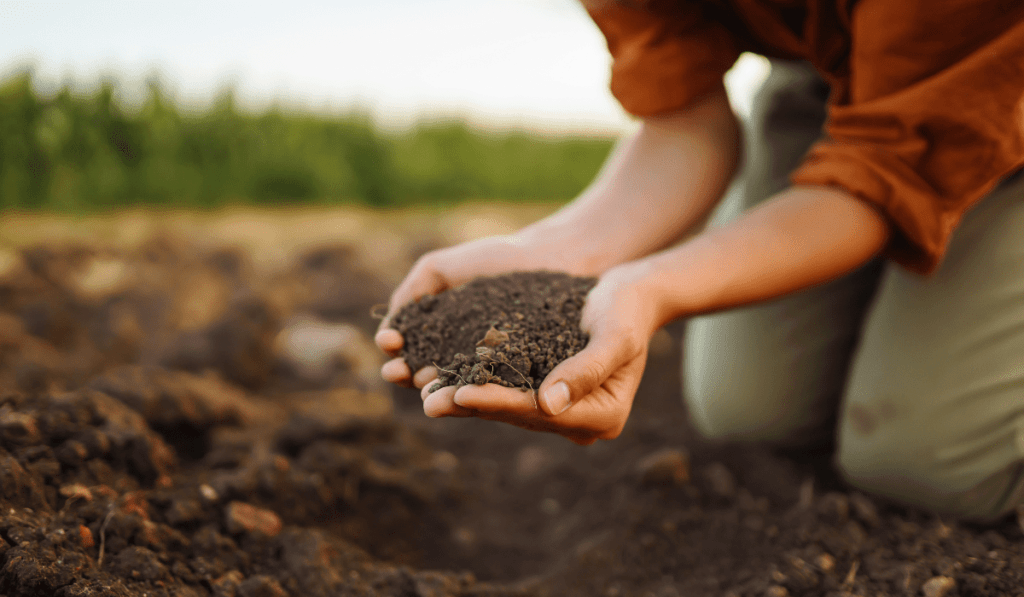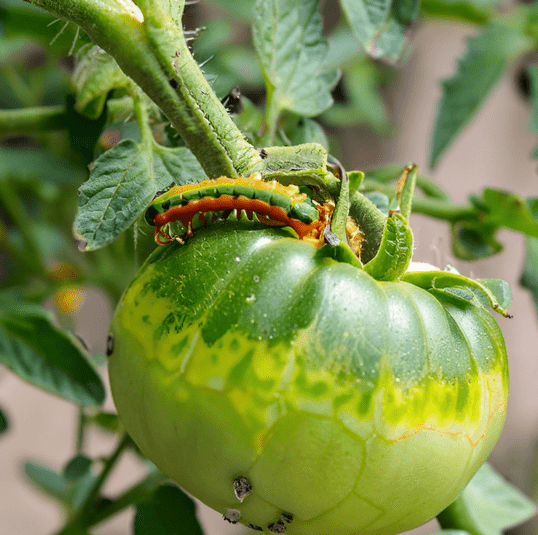Growing healthy and productive tomato plants begins with proper soil preparation. Whether you’re a seasoned gardener or a beginner, understanding how to prepare your soil is key to a bountiful tomato harvest. In this comprehensive guide, we’ll explore the essential steps for soil preparation, including homemade and commercial fertilization methods. We’ll also discuss why soil preparation is important, best fertilizations for tomato plants and what to do (and not to do) to ensure success. Let’s get started on the journey to vibrant tomato plants.
Why Soil Preparation is Important?
Proper soil preparation is vital for several reasons:
- Nutrient Availability: Well-prepared soil ensures the availability of essential nutrients required for robust tomato plant growth and fruitful yield.
- Root Development: Proper soil structure promotes healthy root development in tomato plants, essential for efficient nutrient and water absorption.
- Drainage and Aeration: Adequately prepared soil improves drainage and aeration, reducing the risk of waterlogged roots and diseases.
- pH Balance: Tomatoes thrive in slightly acidic to neutral soil with a pH range of around 6.0 to 6.8. Proper soil preparation helps maintain this pH balance, ensuring optimal nutrient absorption and plant health.
Soil Preparation Steps for Tomato Plants
1. Site Selection:
- Choose a sunny location with at least 6-8 hours of direct sunlight for your tomato plants.
- Ensure well-drained soil to prevent waterlogged roots.
2. Soil Testing:
- Conduct a soil test to determine the pH and nutrient content of your soil.
- Adjust the pH, if necessary, aiming for a range of 6.0 to 6.8 for optimal tomato growth.
3. Clearing the Site:
- Remove weeds, rocks, and debris from the planting area to reduce competition for nutrients and water.
4. Tilling:
- Till the soil to a depth of about 12-18 inches to improve aeration and drainage.
5. Organic Matter:
- Incorporate well-rotted compost or aged manure into the soil to enrich it with organic matter. This enhances soil texture and fertility.
6. Preparing Planting Holes:
- Dig planting holes that are wide enough to accommodate the root system of your tomato plants, ensuring they have ample room to grow.
Homemade Fertilization
- Compost: Create a compost pile with kitchen scraps, yard waste, and organic matter. Apply mature compost to the soil to enrich it naturally.
- Eggshells: Crushed eggshells provide calcium, which helps prevent blossom end rot. Incorporate them into the soil or add them to your compost.
- Coffee Grounds: Used coffee grounds add nitrogen to the soil, promoting healthy leaf growth. Mix them into the soil or add them to your compost pile.
Commercial Fertilization
- Balanced Fertilizer: Choose a balanced, slow-release fertilizer designed for tomatoes. Follow package instructions for proper application.
- Granular Fertilizer: Apply granular fertilizers at planting and as recommended during the growing season to ensure a steady nutrient supply.
Best Fertilizations for Tomato Plants
For optimal tomato plant growth, it’s essential to provide the right fertilization. Here are some top fertilization options:
- Organic Compost: Incorporate well-rotted organic compost into the soil before planting. It enriches the soil with essential nutrients and improves its structure.
- Balanced NPK Fertilizer: Use a balanced fertilizer with equal or near-equal proportions of nitrogen (N), phosphorus (P), and potassium (K), such as a 10-10-10 or 14-14-14 formula. This helps in overall plant development.
- Slow-Release Fertilizer: Slow-release granular fertilizers provide a steady supply of nutrients over time. They can be applied at planting or during the growing season.
- Fish Emulsion: A natural and quick-acting fertilizer, fish emulsion is rich in nutrients like nitrogen and is excellent for boosting leafy growth.
- Epsom Salt: Tomatoes benefit from magnesium, which Epsom salt provides. Dissolve a tablespoon of Epsom salt in a gallon of water and use it as a foliar spray or soil drench.
- Companion Planting: Planting basil or marigolds near your tomatoes can deter pests and improve growth naturally.
- Mulching: Mulch with organic materials like straw or shredded leaves to retain moisture and regulate soil temperature while providing slow-release nutrients.
Remember to follow the recommended application rates on the fertilizer packaging and monitor your tomato plants for any signs of nutrient deficiencies or excesses. Adjust your fertilization routine accordingly for healthy, productive tomato plants without using any comma!
What to Do and What Not to Do
- Do: Conduct a soil test to understand your soil’s pH and nutrient content.
- Do: Ensure good drainage to prevent waterlogged roots.
- Do: Incorporate organic matter like compost for improved soil fertility.
- Do Not: Over-fertilize, as excessive nutrients can harm your tomato plants.
- Do Not: Neglect regular watering to maintain soil moisture.
Conclusion
Proper soil preparation is the foundation for successful tomato cultivation. Whether you opt for homemade or commercial fertilization methods, ensuring the right nutrient balance, good drainage, and optimal pH levels will result in thriving tomato plants. With a well-prepared soil and adherence to best practices, you’ll be on your way to enjoying a bumper crop of delicious tomatoes.
How often should I fertilize my tomato plants with commercial fertilizer?
Follow the package instructions for the specific fertilizer you’re using. Typically, you’ll apply it at planting and then periodically during the growing season, as recommended.
Can I use homemade compost as the sole fertilizer for my tomatoes?
While compost is beneficial, it may not provide all the nutrients tomatoes need. Using a balanced commercial fertilizer alongside compost is often recommended for optimal results.
What is the ideal pH level for tomato soil preparation?
Aim for a pH range of 6.0 to 6.8 for tomatoes. Conduct a soil test to determine your soil’s pH and adjust it if necessary.
Is it essential to till the soil for tomato planting, or can I use a no-till method?
Tilling helps improve aeration and drainage, but no-till methods can also be successful. In a no-till garden, prepare planting holes with amended soil to provide the necessary nutrients for tomatoes.



